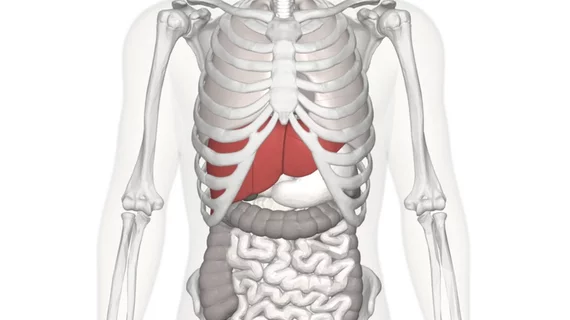PET can image T-cells for chronic liver disease
PET imaging could serve as an accurate, non-invasive substitute to liver biopsies for patients with chronic liver diseases, as detailed in research published in the October issue of The Journal of Nuclear Medicine.
Though proven reliable, liver biopsies are invasive, limited and have a risk of creating patient complications. Instead, PET imaging with the 18F-FAC radiotracer may act as a non-invasive alternative in the case of an immune cell attack on the liver after an organ transplant or due to autoimmune hepatitis, according to researchers led by Peter Clark, PhD, from UCLA’s Crump Institute for Molecular Imaging, in Los Angeles and colleagues.
For the study, researchers developed a preclinical mouse model to test how 18F-FAC radiotracer-based PET imaging could visualize T cells in the liver.
Ultimately, they found that PET imaging can be used as an accurate, personalized treatment method to image a patient’s T cells as they attack the liver or during treatment with an immunosuppressive drug.
“We envision that if this approach is translated into the clinic, it could lead to fewer liver biopsies and more precise treatment of patients with immune-related liver disease,” Clark said in a prepared statement.

